Tsuguharu Foujita
1886-1968 | Japanese-French
Portrait Of A Mother And Child
Signed “Foujita / Paris” (Lower Left)
Ink And Watercolor On Paper
An Artistic Luminary Well Ahead Of His Time, Tsuguharu Foujita Burst Onto The International Art Scene In The Early 20Th Century As One Of The Most Important Artists In Early Japanese Modernism. Portrait Of A Mother And Child Hails From An Important Period In The Artist’S Later Career Following His Conversion To Christianity. Foujita’S Integration Of Japanese Techniques With European Subjects Forms A Distinctive Visual Language That Garnered The Artist Great Renown In His Lifetime.
Born And Trained As An Artist In Japan, Foujita Fulfilled A Lifelong Dream Of Traveling To Paris In 1913, Where His Brilliance Gained Newfound Direction In The Avant-Garde Circles Of Montparnasse. Surrounded By Prominent Figures Of The Era Such As Pierre Bonnard, Henri Matisse, Georges Braques And Others, Foujita Quickly Achieved Acclaim And Accomplishment For His Artworks. On The Opening Night Of Foujita’S First Solo Exhibition In Paris In 1917, Picasso Himself Was So Enamored By Foujita’S Watercolors That He Acquired As Many As He Could Physically Hold.
Foujita Positioned Himself As A Luminary Of Modernism By Blending Japanese Ukiyo-E Techniques With European Subjects And Mediums. This Dual Influence Led Foujita To Create His Famed Portraits Of Women, Cats And Perhaps Most Importantly, Iconic Renditions Of The Virgin And Child. Portrait Of A Mother And Child Echoes The Graceful Figures Painted By Renaissance Masters Foujita Viewed At The Louvre, While Simultaneously Drawing From The Bold Simplicity Of His Contemporaries, Including Amedeo Modigliani. Foujita Expertly Renders The Humanistic Notion Of Maternal Love In The Madonna’S Expression And The Languid Stretch Of Her Hands, Evoking A Protective Cradle. The Bold Strokes Of Ink Converge And Contrast With The Colorful And Hazy Watercolor Hues Of The Mother And Child’S Clothing. The Luminescence Of Their Skin Is Achieved Through Foujita’S Signature Pearly Iridescent Glaze, A Highly Secret Blend Of Flaxseed Oil, Chalk And Magnesium Silicate That Became A Signature Component Of His Oeuvre.
A Lifelong Francophile, Tsuguharu Foujita Seamlessly Immersed Himself In The Vibrant Artistic Community Of Paris In 1913, Rubbing Shoulders With Modernist Icons Before His Departure In 1933. During The Second World War, Foujita Served As A War Artist In Japan. After The War, Foujita And His Wife Became French Citizens, And Later In 1957, The Artist Became An Officer Of The Esteemed Legion Of Honor. Foujita’S Subsequent Conversion To Catholicism Offers A Crucial Lens Into His Complex Understanding Of Faith, Identity And Belonging, With Works Like Portrait Of A Mother And Child Forming Cornerstones Of His Later Oeuvre.
Foujita’S Works Are Held By Prestigious Institutions Worldwide, Such As The Metropolitan Museum Of Art In New York, The National Gallery Of Art In Washington, Dc, The Musée D’Art Moderne De La Ville De Paris And The National Museum Of Modern Art In Kyoto. Notably, The National Museum Of Art, Kyoto Has Hosted Two Significant Retrospectives Of Foujita’S Oeuvre In 2006 And 2018.
This Artwork Is Accompanied By A Certificate Of Authenticity From The Tobi Appraisal Institute.
Circa 1957
Paper: 12 1/4“ High X 9 1/4” Wide
Frame: 20 1/2“ High X 17 1/8” Wide X 2 1/4“ Deep
Provenance:
Private Collection, Tokyo
M.S. Rau, New Orleans
Be the first to review “Fine Art M.S. Rau | Portrait Of A Mother And Child By Tsuguharu Foujita” Cancel reply
Related products
Fine Art


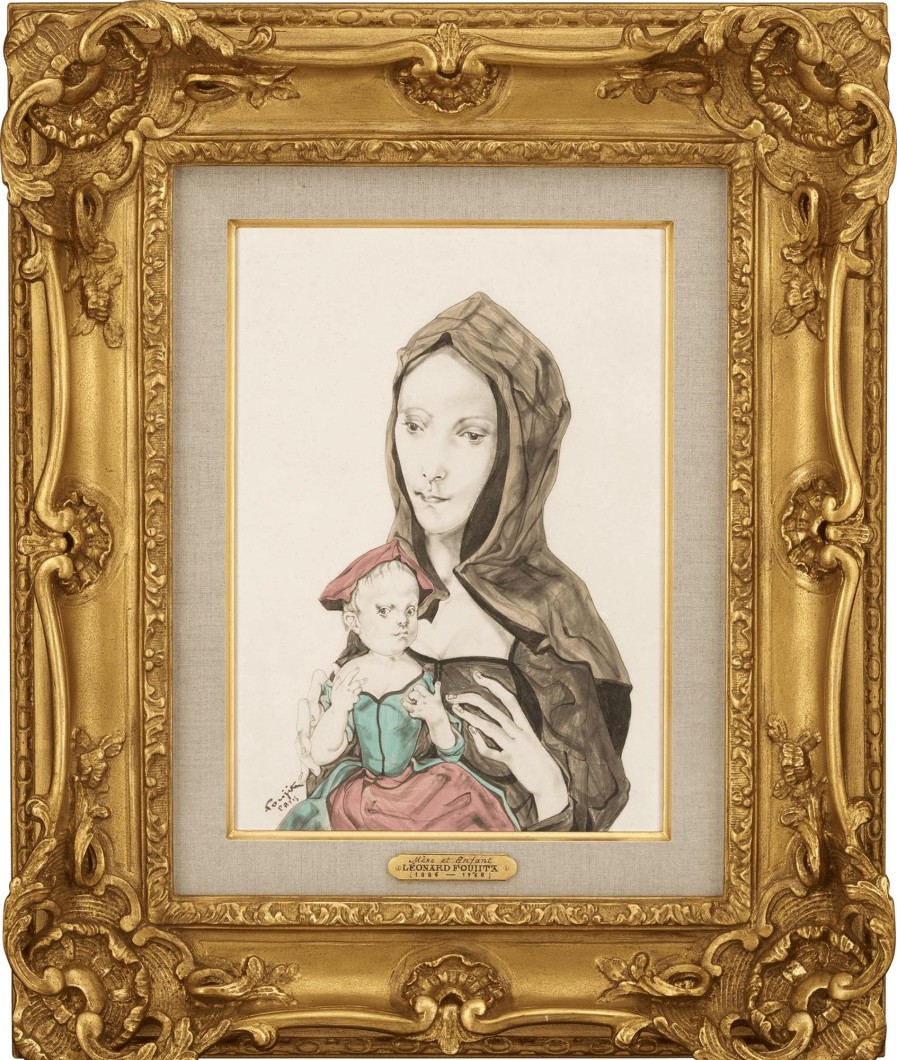
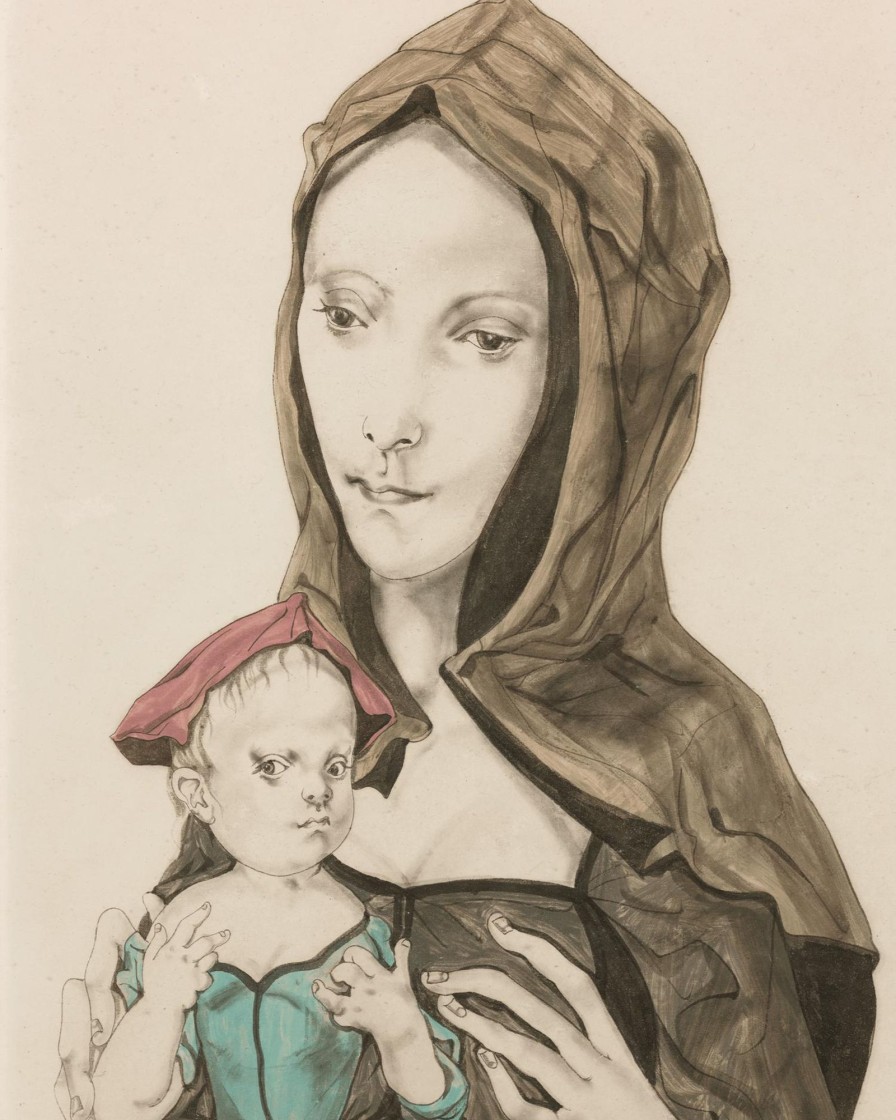
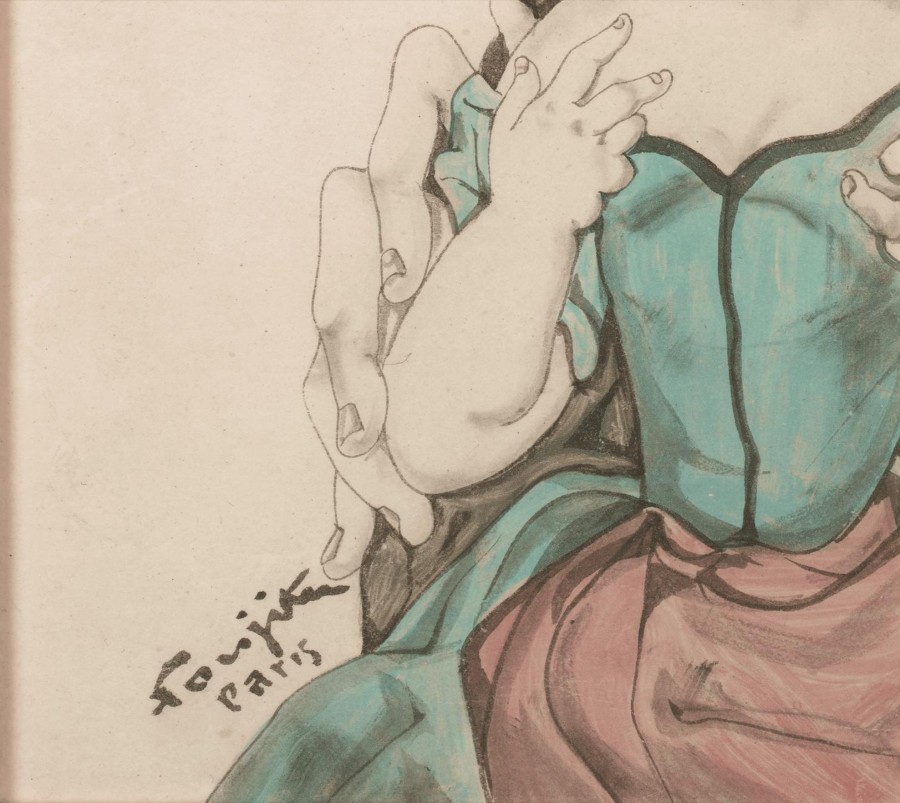

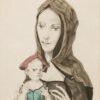
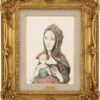
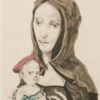
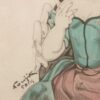

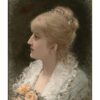
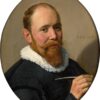
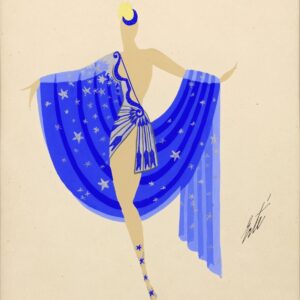
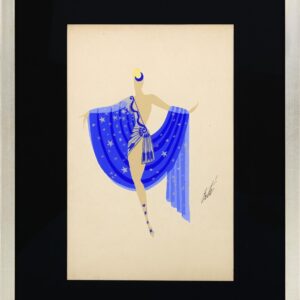

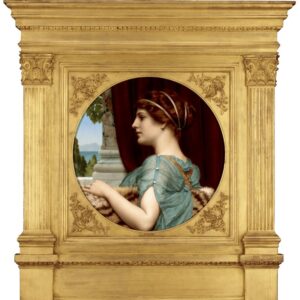
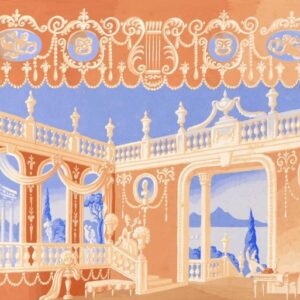
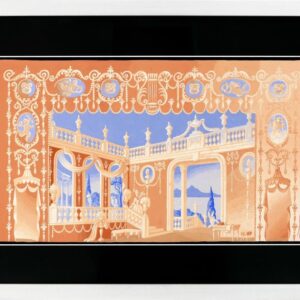
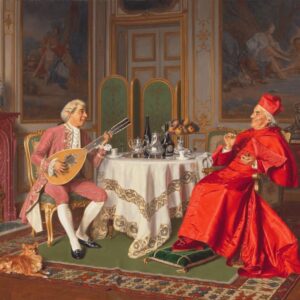

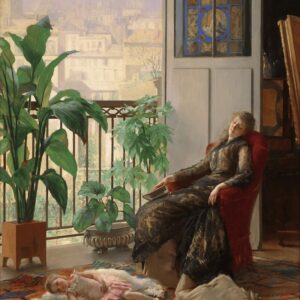

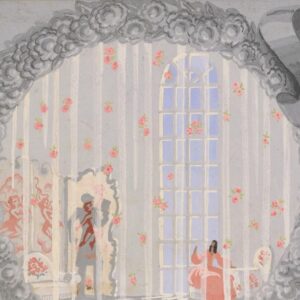

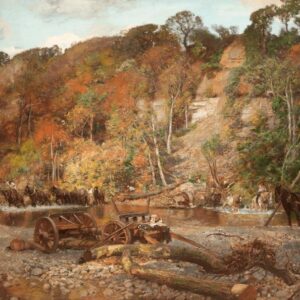

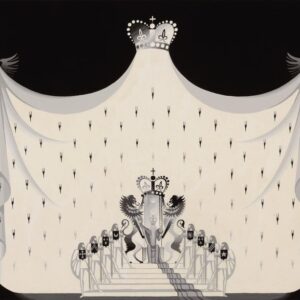

Reviews
There are no reviews yet.